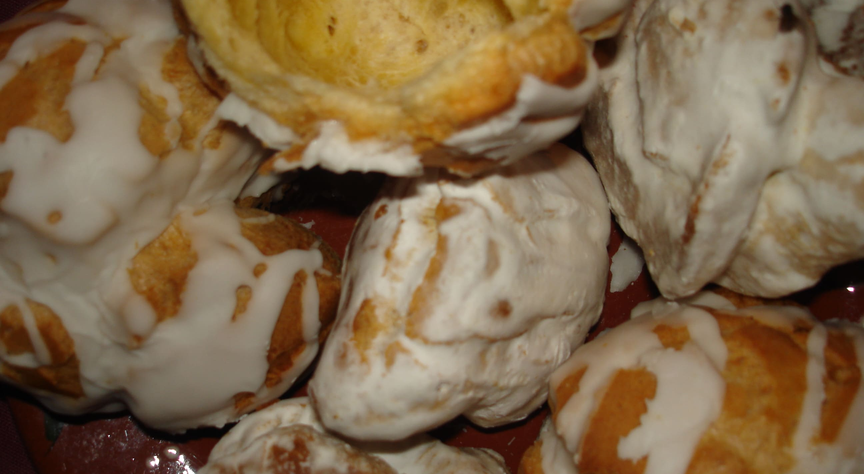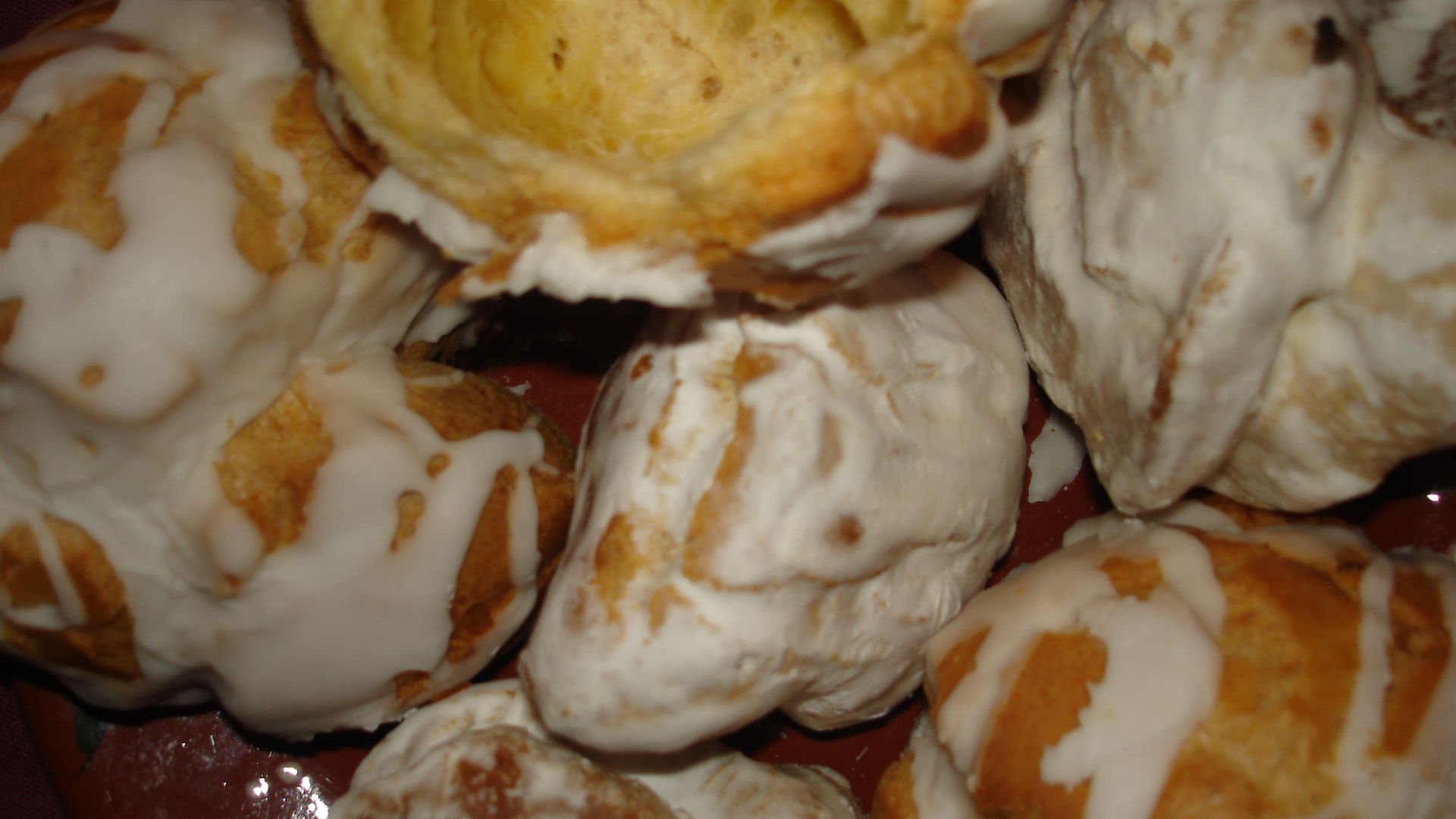
Sweets
Through the heritage and influence of convents and monasteries in the region, and the skilled hands of nuns and monks, remarkable convent recipes and secrets have emerged.
Traditional and conventual sweets respond to the human need not only to satisfy hunger but also to gift, celebrate, and create. Alongside these dimensions and reasons for crafting a sweet recipe, there is also the aim to utilise an ingredient when it is in season and most abundant, serving as a form of preservation.
Due to the heritage and influence of the region's convents and monasteries, and the skilled hands of nuns and monks, distinctive convent recipes and secrets have emerged, including the pastel de Vouzela, the bean pastry from the Patronato of Mangualde, and egg chestnuts.
Traditional popular sweets, on the other hand, stem from familial learning, the stories lived in each household’s kitchen, and their generational transmission. This category includes olive oil cakes, cavacas, fritas, or rabanadas, as well as other Christmas treats like bilharacos, sonhos, and filhós/filhoses (plain or pumpkin). It also encompasses leite creme, aletria, pudding (especially bread pudding), arroz doce, biscuits, and homemade cakes.
The unique skill of each hand and household, the dedication, and what each sweet represents are essential ingredients in recipes that come from the land to sweeten special days.
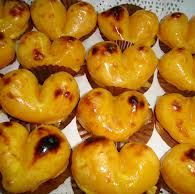
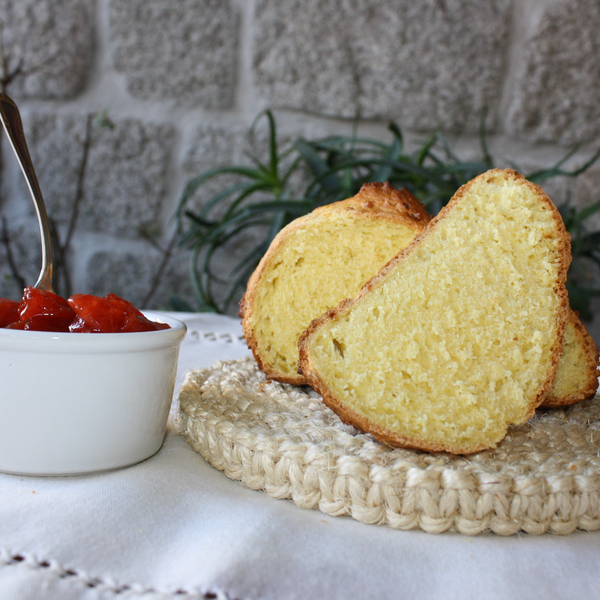
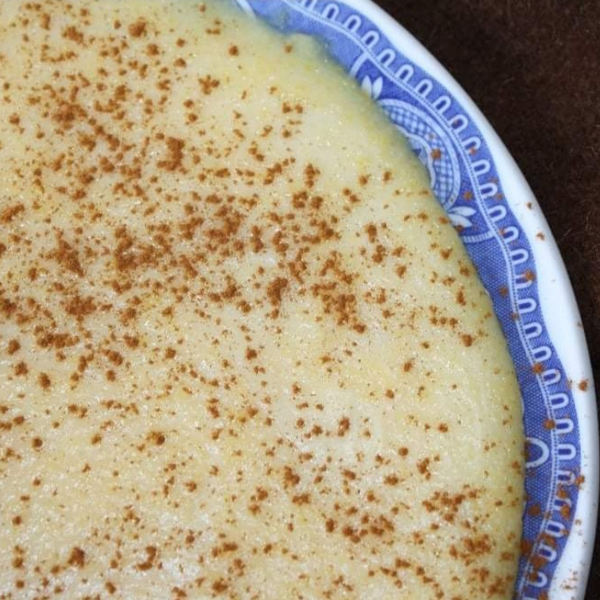
Know our
